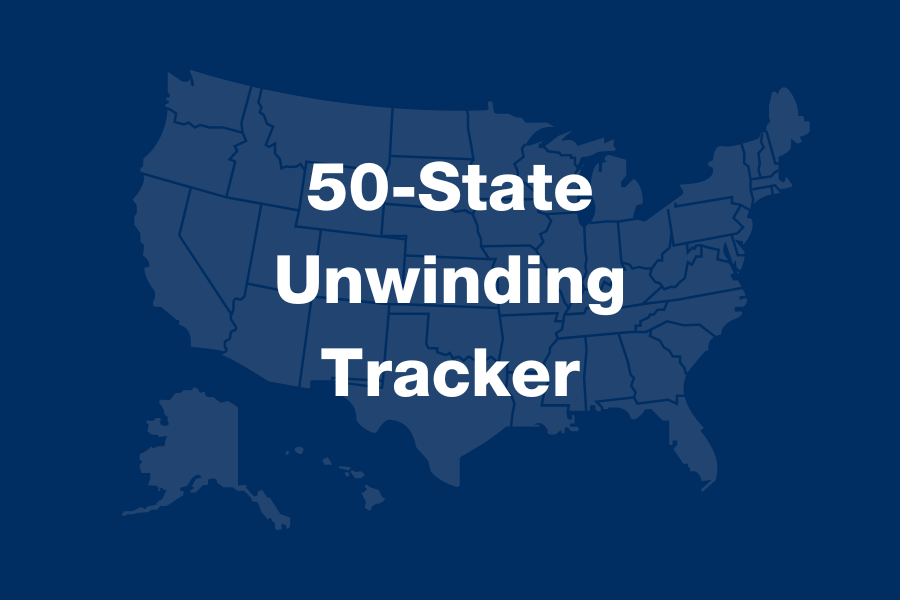Just over three months ago, we published our 50-State Unwinding Tracker, kicking off our Unwinding Wednesday blog series. As we approach the end of the year, I want to reflect on the progress we’ve seen in our tracker of states publishing information and taking steps toward preparing for the unwinding.
In our tracker, we identified and have been looking at whether states have posted unwinding-related materials for six different elements. These elements include whether a state has a public state unwinding plan or summary, if there are communications materials/toolkits available, and if the state is planning to have an unwinding data dashboard or publicly post unwinding data. Back in September, 18 states had none or only one of the six elements compared to 10 states with five elements or all of them. Now, look at where the state count is:
As of today’s posting, half of states have all or almost all elements detailed in our tracker while only two have nothing at all. This shows that more states are planning and developing resources but also that states that already had some materials available are continuing to produce more tools to help enrollees and stakeholders prepare for the unwinding.
Also of note are the elements that have seen the greatest increase in posted materials. As my colleague Tricia Brooks pointed out shortly after the initial tracker publication, two-thirds of states (37) were using their websites to prompt Medicaid enrollees to update their contact information; a few additional states have added reminders to their websites so almost all states (45) now have alert messages posted. But more remarkably, 35 states currently have a public unwinding plan or a document providing a summary of the state’s plans compared to just 19 states when we first posted our tracker. As we previously highlighted, not all of the states’ plans are of the same quality or provide the same level of detail (California and Nevada have comprehensive unwinding plans while others are simple PowerPoints), but they at least give stakeholders an idea about how their state is approaching this monumental event and where improvements could be made. To me, the increase in this element’s available resources is the biggest sign of progress since the state plans are really where the most crucial unwinding information can be found.
More states have also indicated intentions to make unwinding data available or develop a data dashboard, which is now up to nine states from the original four. Though we would love to see a greater number of states make plans to share key data, it’s an encouraging sign that the trend is moving in the right direction and encompasses both red and blue states. The slow uptick in states with plans to release unwinding data does reinforce the need for CMS to publicly post the unwinding data reports and release all performance indicator data in a timely manner. (Would it really be an Unwinding Wednesday blog if we didn’t mention the need for CMS to release data at least once?)
It is still troubling that two states (New Mexico and Wyoming) still have no public unwinding resources and that a handful of others (6) only have one element. It is more critical than ever for states to be planning, distributing resources, and providing clear, consistent notification to enrollees about the changes that will be coming when the continuous enrollment protection ends.
As we head into 2023 and closer to that eventual (still unknown) date, certain elements of our tracker, specifically alerts to update contact information and communications materials directed to enrollees, are essential items for states to have available. If you haven’t already, use the resources in our detailed tracker to assess what your state is planning, identify any gaps in its efforts, and start thinking about how to use the available information to develop a plan for monitoring your state’s unwinding process.


